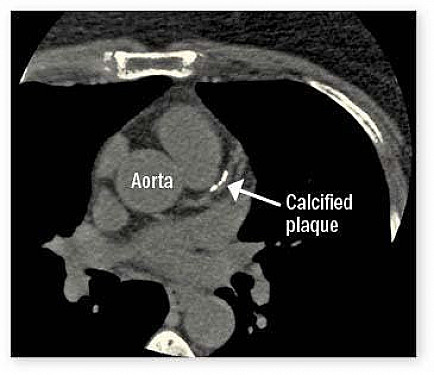Ultrasound
- Reviewed by Howard E. LeWine, MD, Chief Medical Editor, Harvard Health Publishing; Editorial Advisory Board Member, Harvard Health Publishing
What is it?
Ultrasound scanning, also called sonography, is a technique used to see tissues and organs inside the body. It uses high-frequency sound waves, which cannot be heard by humans, to produce images of structures inside the body. The process is very similar to the way sonar is used by dolphins or submarines to detect objects. When sound waves are aimed into the body, some are absorbed by body tissues and others bounce back. The sound waves that bounce back are measured by the ultrasound machine, and are transformed into an image of a particular body area.
Ultrasound produces excellent images of organs that are soft or filled with fluid, but it is less effective for examining air-filled organs or bones. Ultrasound is a safe and painless test that usually takes 15 to 30 minutes.
|
|
What it's used for
The most common use of ultrasound is to evaluate the progress of the fetus during pregnancy. Ultrasound also is used to determine if a lump is a cyst, to look at the size and shape of abdominal and pelvic organs, to detect gallstones, and to look for blood clots in the legs. Ultrasound can be used as a guide when a needle is being inserted into the body to take a sample of tissue for a biopsy, or to take a fluid sample as is done in amniocentesis, a test to detect abnormalities in the fetus.
|
|
Preparation
How you prepare for an ultrasound depends on the area of the body being scanned. For example, if your abdomen is being scanned, you may need to restrict what you eat and drink before the procedure. If your pelvis is being scanned, you may have to drink several glasses of water beforehand so that your bladder is full, which provides better ultrasound images. For all ultrasound procedures, you will be asked to remove all jewelry from the area of your body that will be scanned.
How it's done
Ultrasound may be done in a doctor's office, in a special hospital suite, or at the bedside in the hospital with a portable machine. When you arrive for your test, you will be asked to remove all clothing and jewelry from the area being scanned. You will be given a hospital gown, and you will be asked to sit or lie down on an examination table.
A small amount of gel will be applied on the skin over the area to be scanned to help the sound waves move into your body. The doctor or ultrasound technician will slide the small ultrasound instrument back and forth through this gel. The ultrasound instrument, also called a transducer, will transmit ultrasound waves into your body and receive their reflected echoes. This is a painless procedure. You will only feel the instrument against your skin.
Reflected sound waves received by the transducer are processed by a computer and will appear on a lighted screen in the ultrasound room. As the scan continues, you may be asked to hold your breath or change position to give the best image possible. After your scan is done, the gel will be wiped off and you will get dressed.
|
|
Follow-up
After your ultrasound scan, you usually can go back to your normal diet and daily activities. However, if ultrasound was used during a needle biopsy, ask your doctor about special follow-up instructions. To receive the results of your ultrasound scan, check with your doctor's office as instructed.
Risks
Ultrasound has no known risks.
When to call a professional
Since a simple ultrasound scan is painless and apparently risk-free, you should not have side effects or complications after the procedure. However, if ultrasound was used to guide a needle biopsy, call your doctor if you have abnormal bleeding, pain, redness, or swelling at the biopsy site. Ask your doctor if there are any other specific signs or symptoms to watch for.
Additional info
Radiological Society of North America
https://www.radiologyinfo.org/
National Library of Medicine (NLM)
https://www.nlm.nih.gov/
About the Reviewer

Howard E. LeWine, MD, Chief Medical Editor, Harvard Health Publishing; Editorial Advisory Board Member, Harvard Health Publishing
Disclaimer:
As a service to our readers, Harvard Health Publishing provides access to our library of archived content. Please note the date of last review or update on all articles.
No content on this site, regardless of date, should ever be used as a substitute for direct medical advice from your doctor or other qualified clinician.


















